As I sat in my practice space, grappling with a constant tingling in my fingers, I realized something essential: I wasn’t just playing guitar; I was risking my career. Carpal tunnel syndrome, a condition often underestimated in its impact on musicians, had quietly infiltrated my routine—jeopardizing not only my playing but my livelihood. Despite widespread prevalence among instrumentalists, many of us still aren’t sufficiently educated about the risks until symptoms are unavoidable. According to recent data, musicians have a higher incidence of repetitive strain injuries, with some estimates suggesting that up to 30% of professional musicians will experience carpal tunnel symptoms at some point (study link). Through my journey—both as a guitarist and teacher—I’ve gathered critical insights regarding prevention, management, and technique adaptation that can substantially change outcomes. This article is my attempt to share what I wish I’d learned earlier—a comprehensive, evidence-informed guide for guitarists facing the specter of carpal tunnel syndrome.
What is Carpal Tunnel Syndrome and How Does it Affect Guitarists?
Recognizing the Symptoms: Early Warning Signs for Guitarists
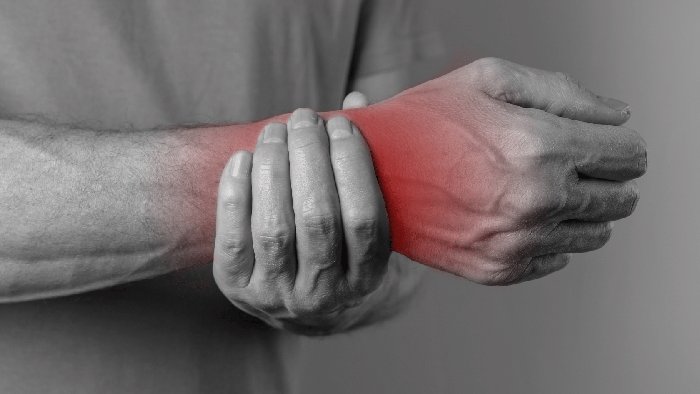
Is that tingling in your fingers just fatigue—or is it the first sign of carpal tunnel syndrome? For guitarists, differentiating between normal post-practice soreness and early carpal tunnel is crucial. Clinical symptoms often begin subtly with numbness, tingling, or a “pins and needles” feeling—most commonly in the thumb, index, and middle fingers, sparing the pinky (a distinctive marker for carpal tunnel). Nighttime symptoms or discomfort upon awakening are particularly common (NIH resource). Many players, including students I have taught, initially ignore these mild symptoms, only to confront more severe issues months later. Early identification combined with responsive changes is critical; research consistently shows that prompt intervention can prevent permanent nerve damage and significantly reduce recovery time.
How Carpal Tunnel Differs from Other Guitarist Injuries
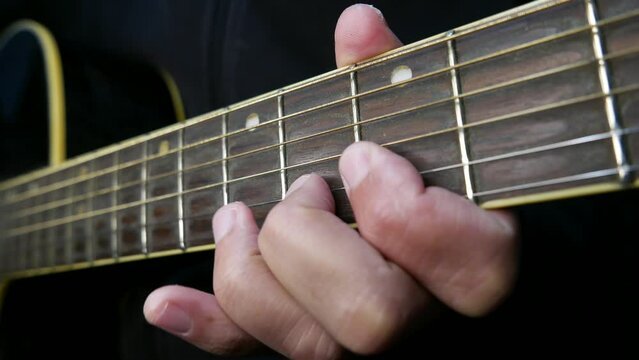
Not all hand pain is created equal—mistaking carpal tunnel for tendonitis can cost you months of practice. Carpal tunnel syndrome results from compression of the median nerve as it passes through the carpal tunnel at the wrist. Unlike tendonitis, which typically presents as localized pain and swelling around the tendons (often in the wrist or elbow), carpal tunnel predominantly causes sensory disturbances: tingling, numbness, and burning sensations. A key difference is the distribution: tendonitis usually affects areas of tendon usage (such as the forearm extensors in “tennis elbow”), whereas carpal tunnel affects the median nerve territory. Misdiagnosis, unfortunately, is common and leads to inappropriate management—rest and anti-inflammatory strategies, effective for tendonitis, may be insufficient for nerve compression, which sometimes requires splinting or even surgical release in chronic cases. Guitarists must remain vigilant, as studies show that musicians are at greater risk for both conditions compared to the general population (overview comparison).
Why Do Guitar Players Get Carpal Tunnel?
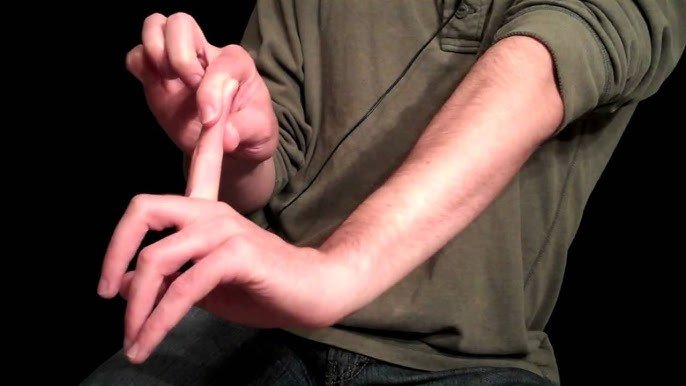
Why do some guitarists succumb to carpal tunnel syndrome after just a year, while others play seemingly immune for decades? The answer lies in the complex interplay of repetitive strain, technique, genetic predispositions, and environmental variables. According to published research, overuse injuries, particularly repetitive strain injuries (RSIs), account for the majority of hand and wrist complaints among musicians—over 79% in one cohort. Self-taught players are especially vulnerable, often practicing intensively without guidance on ergonomics or rest cycles.
Through both personal setbacks and observing colleagues, I’ve noted how improper techniques, extended practice without breaks, excessive force, and neglecting rest contribute to cumulative microtrauma in the carpal tunnel. The belief that musical passion justifies pushing through discomfort creates a culture where pain is normalized—an attitude not supported by clinical outcomes. Biomechanical studies highlight that factors such as excessive wrist flexion and repeated pressure increase intracarpal pressure, heightening compression risks. Addressing these mechanisms not only prevents pain but also unlocks improved technical efficiency and musical expression in the long term.
Who is Most at Risk? Assessing Your Vulnerability
Guitar Techniques and Habits That Increase Risk

“Bad technique is the hidden enemy behind most guitarist injuries—and it’s easier to fix than you think.” The specifics of one’s playing style can determine their susceptibility to carpal tunnel syndrome. For example, excessive wrist flexion or extension during scales, awkward thumb position behind the neck, and high-tension repetitive strumming dramatically increase risk by raising pressure on the median nerve. In numerous case studies and workshops, seemingly minor posture errors accumulated over thousands of repetitions have led to chronic issues for students—from beginners gripping the neck with excess force to seasoned players practicing barre chords incorrectly. In my own teaching, correcting finger alignments, promoting shoulder relaxation, and introducing ‘micro-breaks’ during sessions dramatically improved outcomes and student comfort. Nevertheless, limitations exist: some individuals may have anatomical factors, such as a narrower carpal tunnel, that make prevention more challenging and require greater vigilance.
When Do Symptoms Appear? Timing and Progression for Guitarists
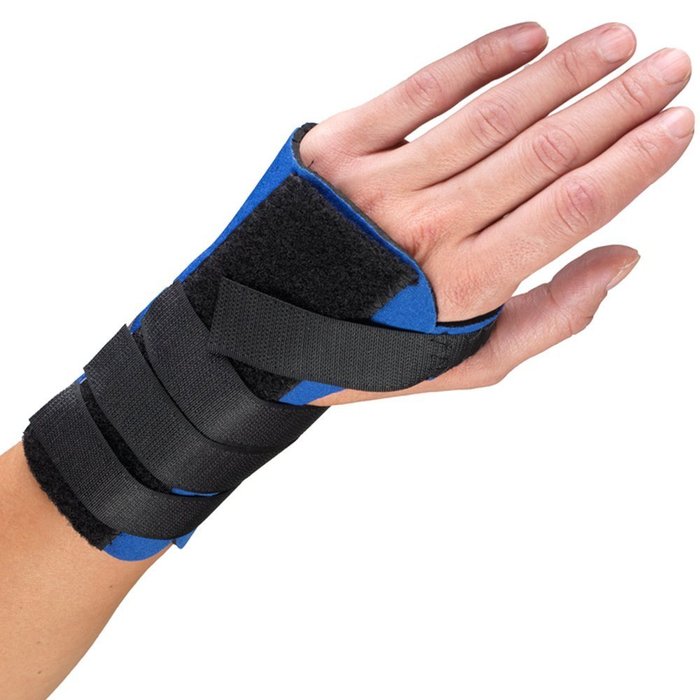
By the time pain stops you from playing, the damage may already be done—catching symptoms early is everything. Symptom onset can be insidious. Most guitarists are initially asymptomatic. As studies on occupational RSIs highlight, symptoms often begin as intermittent tingling or numbness, especially after long sessions or at night, and may remit with rest. However, without intervention, symptoms typically progress to persistent pain, decreased grip strength, and even muscle atrophy of the thenar eminence (the fleshy part of the palm near the thumb). For me, minor numbness during late-night gigs was an ignored red flag—one that, in retrospect, prefaced more serious problems. Awareness of this timeline gives guitarists an actionable advantage: early intervention and rest can prevent the need for aggressive treatments, such as corticosteroid injections or surgery, which have their own risks and variable outcomes.
Where It Hurts: Common Areas Affected and Environmental Factors
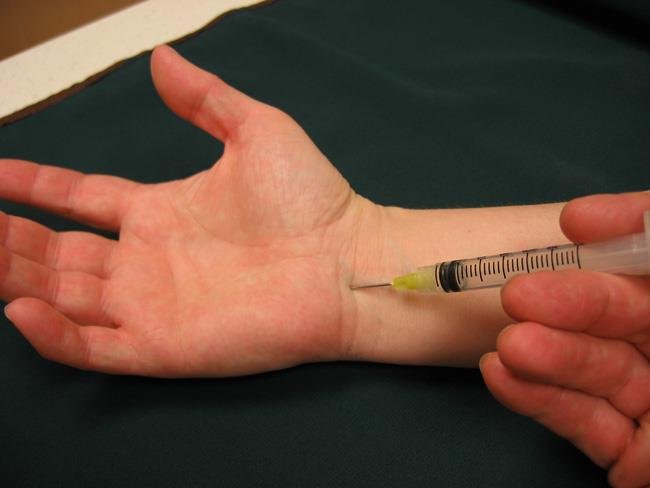
While carpal tunnel syndrome is generally associated with wrist pain, studies and my own teaching experience reveal that symptomatic regions can extend beyond the wrist. The classic signs—paresthesia in the thumb, index, and middle fingers—may be accompanied by pain that radiates up the forearm and, less commonly, toward the elbow (AAOS resource). Many guitarists misattribute forearm tightness or medial elbow ache to muscle fatigue, when in reality, these are nerve-mediated phenomena stemming from chronic wrist compression.
Environmental factors compound risk. Over the years, I’ve found that poorly adjusted chairs, excessive reach, improper guitar strap length, and cramped practice spaces can force players into detrimental wrist positions. A comprehensive approach means addressing these factors as intently as practicing scales—thoughtful adjustments to seating, strap height, and music stand placement can lower biomechanical stress and dramatically reduce symptoms. The challenge for many is recognizing the significance of these “background” contributors; however, both literature and practical outcomes underline their importance for injury prevention and hand longevity.
How to Prevent Carpal Tunnel as a Guitarist: Proven Strategies
Optimizing Guitar Setup and Ergonomics
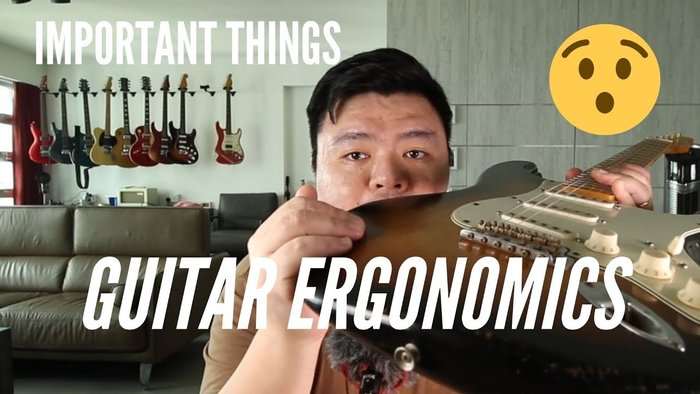
Could a simple adjustment in your strap or seat save your hands long-term? Evidence suggests yes: ergonomic interventions are among the most effective strategies in reducing musculoskeletal disorders in musicians. Small modifications—raising the guitar to chest height, adjusting strap length so the wrist remains neutral, and selecting a chair that aligns the hips above the knees—provide tangible relief. In my experience, even seasoned professionals overlook these “non-musical” details to their detriment.
Scientific reviews affirm that ergonomic guitar setups can substantially decrease muscle fatigue and median nerve pressure. While some guitarists are wary of altering their habitual setups (fearing sound or style changes), trials typically show a negligible musical impact with significant ergonomic gains. Additionally, a strap or seating position tailored to body size can be surprisingly cost-effective, especially compared to the potential cumulative costs of therapy and lost performance opportunities. Individual variability exists, and not every adaptation works for everyone, but iterative fine-tuning is a worthwhile investment.
Building Safe Guitar Techniques and Practice Routines
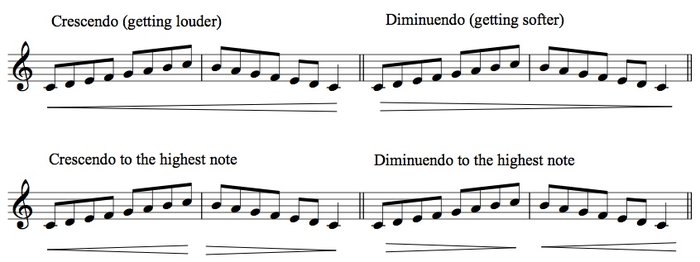
Refining technique is one of the most sustainable ways to promote hand health and performance. On a practical level, this means minimizing tension, facilitating fluid movements, and maintaining an aligned wrist throughout the playing session. Clinical research demonstrates that frequent micro-breaks—pausing for 1–2 minutes after every 20–30 minutes of playing—significantly reduce muscle fatigue and reported pain in instrumentalists. Incorporating regular warmups, slow tempo practice, and dynamic stretching are now staple components of my routine and my students’.
Importantly, short, high-quality practice sessions are consistently linked to better skill acquisition and fewer injuries when compared to extended “marathon” approaches. Still, there are trade-offs: some ambitious students worry that shorter sessions might slow progress. However, the literature and my own observations overwhelmingly indicate that physically sustainable habits foster not only injury resistance but also improved technical development over the lifespan of a musician. Personalized adaptation remains key: not every strategy will work for every player, but a commitment to gradual changes based on attentive feedback delivers the strongest results.
For additional information, practical demonstrations, and further prevention advice, see this evidence-based prevention guide for musicians.
Alleviating and Managing Carpal Tunnel Symptoms
Effective Stretches, Exercises, and Self-Care
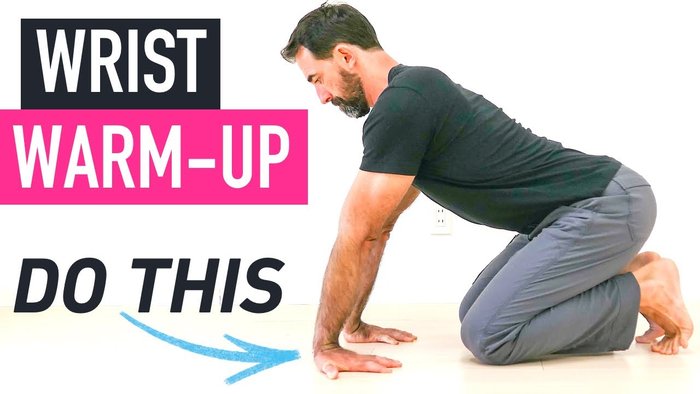
Can just five minutes of dedicated stretching really make a difference in prevention and relief? Evidence increasingly affirms that regular hand and wrist stretching, nerve glides, and strengthening exercises can improve flexibility and circulation while reducing nerve irritation. My teaching approach integrates both static and dynamic stretches—such as wrist flexor/extensor stretches, “prayer” stretch, and tendon-gliding movements—tailored to player needs. Randomized controlled trials have reported significant reductions in reported pain and functional limitations among musicians adopting similar regimens.
However, it is important to recognize the limits of self-care. Overstretching or using exercises without proper guidance can worsen symptoms, especially if underlying inflammation is present. Balance, gradual progression, and self-monitoring are essential; any increase in symptoms should trigger a reduction in intensity and a professional evaluation.
Seeking Professional Help: When to See a Specialist

Ignoring persistent pain can permanently alter your playing—knowing when to get expert help is a sign of professionalism, not weakness. Conservative home care is appropriate for mild or early symptoms, but if numbness, tingling, or weakness persists for more than a few weeks—or worsens despite rest—it is critical to seek medical assessment. Physicians may recommend nerve conduction studies to confirm diagnosis and tailor interventions, which could range from nighttime wrist splints and anti-inflammatories to corticosteroid injections, physical therapy, or, in chronic cases, surgical decompression.
Across my network of students and colleagues, those who sought early specialist care generally experienced faster, more complete recoveries. Guided physical therapy interventions—such as specialized strengthening and functional retraining—can make a substantial difference, particularly for musicians whose livelihood depends on manual dexterity. While self-rehabilitation is valuable, ongoing symptoms or functional decline warrant professional input. The diverse spectrum of responses also reminds us: every guitarist’s experience is unique, and treatment should be correspondingly individualized.
FAQs: Carpal Tunnel Syndrome for Guitarists
What are the early signs of carpal tunnel syndrome for guitarists?
How can I prevent carpal tunnel syndrome as a guitarist?
What techniques can I use for better hand positioning while playing?
What relief options are available if I already have symptoms of carpal tunnel?
Conclusion: Key Takeaways for Guitarists Protecting Their Hands
Your hands are your greatest musical asset—prioritizing their health is the smartest move any guitarist can make. Looking back, I wish I had been encouraged to see hand health as foundational, not optional. Mastery in guitar playing is not solely defined by technical skill but by how sustainably we treat our bodies. Evidence and experience converge: early symptom recognition, ergonomic awareness, and adaptive practice offer the best pathway to injury-free musicianship. While the specifics will vary individually—some factors are modifiable, others less so—a combination of knowledge, vigilance, and a willingness to adapt turns vulnerability into resilience. As research expands and communities share insight, the opportunity to thrive musically despite carpal tunnel syndrome becomes increasingly attainable for every dedicated guitarist.